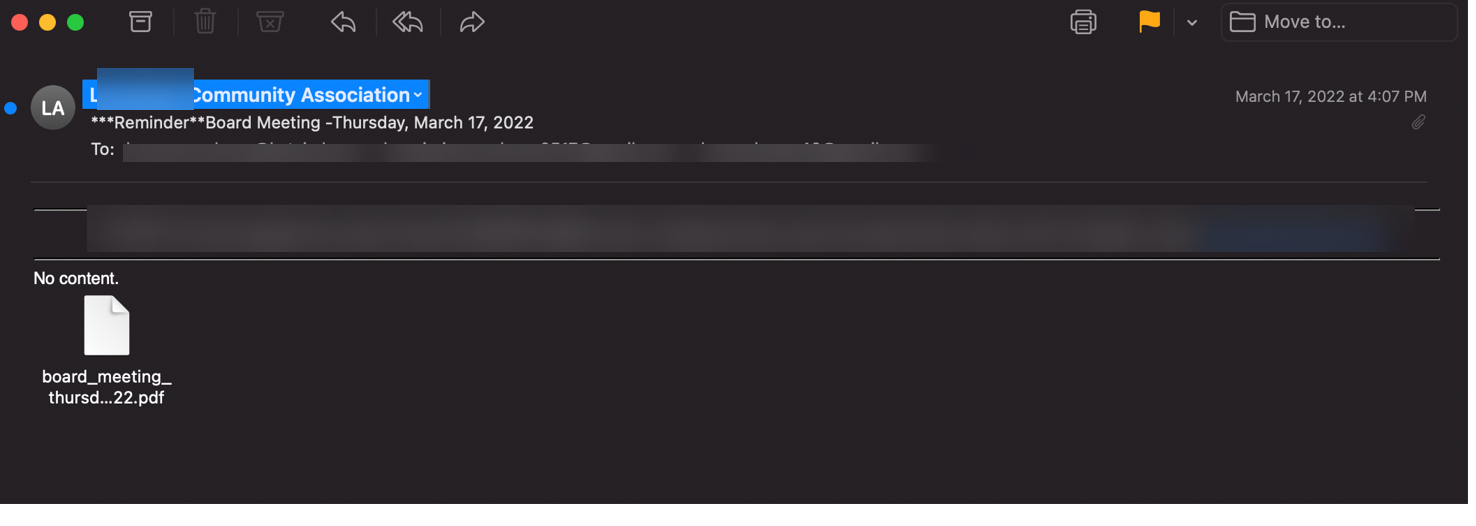[Editorial] There Is No Privacy Without Stronger Security — That’s Why We’re Joining Forces With the Security Community To Keep You Safe

▲ Seungwon Shin,1 VP and Head of Security Team at Mobile eXperience Business, Samsung Electronics
Dangerous Times
It’s hard to imagine a better time for cyber-criminals. The conditions are ideal right now for anyone with ill intentions and technical know-how.
A rise in remote workers means more reliance on unsecure public Wi-Fi. New frontiers like the blockchain leave confused customers ripe for scams. Cyber-attacks are on the rise. And not just where you expect them. Recent wars have started with digital attacks on critical infrastructure, months before physical incursion.
All this when we are putting more of our lives into our smartphones. They are our wallets, our house keys and our IDs. A single intrusion can be devastating, so now more than ever we need our devices to be secure. Let’s examine what truly makes a device safe — so that you can go out into the world and live freely, without worrying about your data getting into the wrong hands.
What Security Is… and What It Isn’t
By now you’re likely thinking you’re fine, because you’re sensible. But there are many common misconceptions about security. You don’t let apps share your name, email, or habits. You even disable app tracking permissions. Great, but that doesn’t mean your data’s safe. Please don’t confuse privacy for security. Closing your curtains will do no good if someone kicks your door down. You think you have chosen a safe mobile ecosystem, one akin to a walled garden. But hackers adapt to their targets. Unsecure Wi-Fi, social engineering scams — these are threats regardless of what ecosystem you use.
You don’t open suspicious attachments. Great, but there are ‘zero-click’ attacks, which compromise a device without user interaction. That happened with Pegasus, spyware that exploited a flaw in a popular messaging system. All it took was for users to receive a message, and the hackers got in. Feeling safer than you are leads to complacency — that’s what cyber-criminals are counting on.
It’s unsettling to think that there are so many threats and no safe harbor. But that’s what inspires our work on Samsung…




